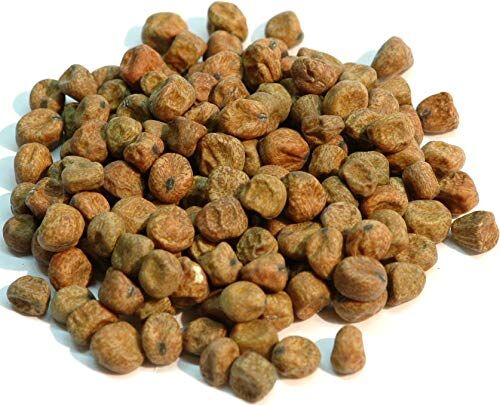DESCRIPTION
Enno Bean Japanese NameThe 1-2 -year -old grass book of the endow vines is a curlyed beard that branches off, and it stretches about 1-2m while entangled with the pillars. The flower is similar to a butterfly and adds 1 to several 5 petals on the floral pattern. The flower color is white red purple, etc. The pods are flat and 5 to 6 seeds are formed inside. The size of the seeds is 4 to 10 mm, and the seed skin color has purple black and black spots in a light green yellow brown area. If it is easily affected by continuous cropping disorders, the yield will be drastically reduced. Endo beans are one of the oldest beans with humanity, born in Mesopotamia, and are said to have been brought to Japan in the 9th to 10th centuries through China through China. The dictionary made in the middle of the Heian period, "Wamyo Urujusho", is described under the name "Noramame". It was cultivated in earnest after entering the Meiji era, and various varieties were introduced from European and American countries, and production began all over the country. Practical pods used as dried beans were mainly cultivated in Hokkaido for exports to Europe in the latter half of the Meiji era. In the early Showa era, it was cultivated in a vast area of ??30,000 ha, but in modern times it is produced only a small size, mainly in the Kamikawa region. Most of the modern dried beans are imported and imported from China and other countries. Dry beans have blue peas and red pods depending on the color of the child. Red paddy has been used for honey beans and beans Daifuku since ancient times and is important for rakugan.

